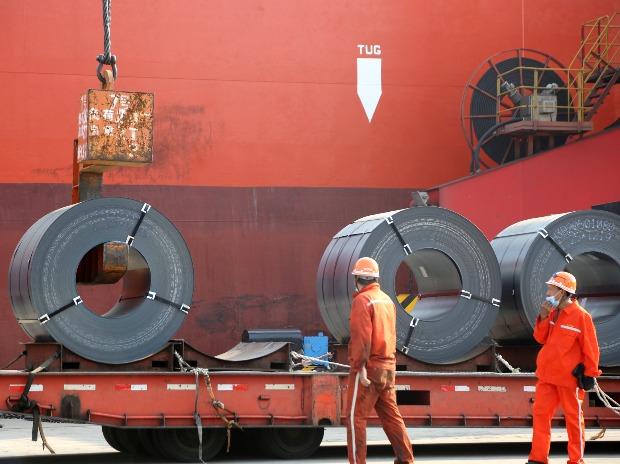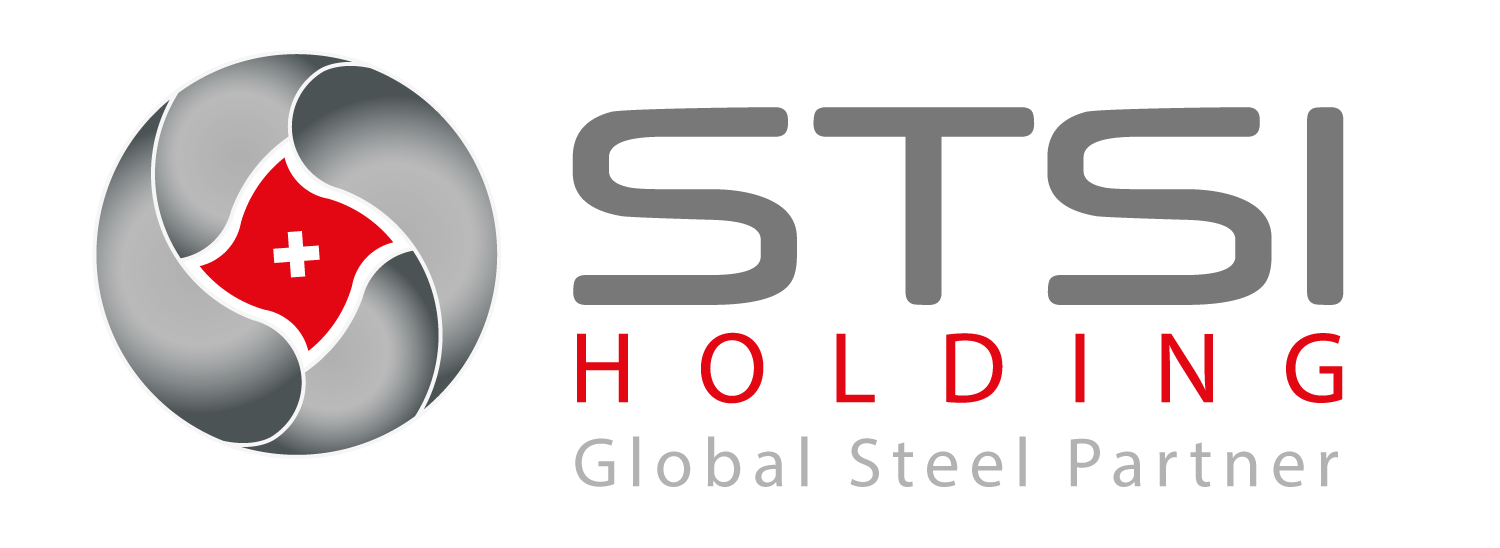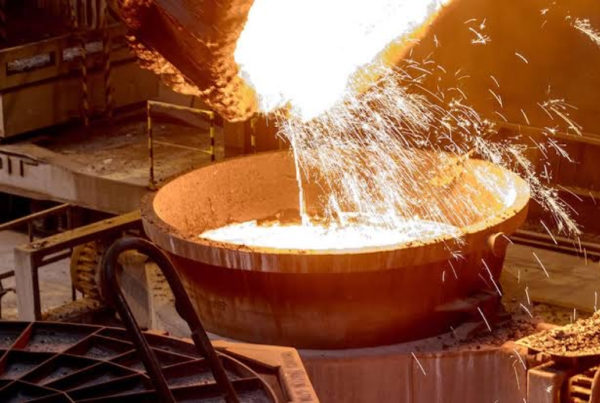
Shares of steel manufacture were in focus on Wednesday with Tata Steel, Steel Authority of India (SAIL) and Jindal Stainless Ltd ralling between 4 per cent and 5 per cent on the BSE in the intra-day trade on expectations that higher export orders and lower raw material prices are likely to support the profitability margins of players during the current financial year 2021-22 (FY22) who are witnessing month-on-month (M-o-M) volatility in domestic demand owing to the pandemic-led restrictions/lockdown.
JSW Steel, Jindal Steel and Power (JSPL), Tata Steel Long Products, Tata Steel BSL and Jindal Stainless (Hisar) were up in the range of 2 per cent to 4 per cent. At 03:00 pm, the S&P BSE Metal index, the top gainer among sectoral indices, was up 2 per cent as compared to a 0.23 per cent rise in the S&P BSE Sensex.
According to CARE Ratings, the credit quality of the domestic steel manufacturers has seen an improving trend over the last three quarters of FY21, largely on account of improving cash flows arising due to significant improvement in net sales realizations (NSR). Despite decline in sales volumes for most of the players, the profitability in absolute terms has only improved, as the increase in realizations more than compensated the fall in volumes, it said in a report.
“CARE Ratings expects NSR’s to remain healthy, though a downside risk cannot be ignored on account of the onset of monsoon and the possible impact of second wave on the domestic prices. As far as volumes growth is concerned, demand improvement and low base effect of FY21 is likely to help improve the volumes of the domestic players. The solvency ratios of steel companies are expected to improve on account of accretion to net worth and healthy cash accruals,” the rating agency said in a steel sector update.
Riding on the back of various stimulus packages, a sharp re-bound in global demand had significantly widened the demand supply gap, resulting in an upsurge in steel prices. However, CARE Ratings believes, the current up-cycle witnessed in steel prices over the last one year, is likely to show some respite now, largely on account of the improving supply-side situation. While the demand continues to remain robust, normalcy in the economic activity, post relaxation of lockdown restrictions, has resulted into higher finished steel output across all major steel-producing economies.
On the demand front, the agency expects the domestic steel demand to grow at a CAGR of about 7.5 per cent during the next 2-3 years. While the demand for flat products in the domestic market is likely to be supported by the pipe manufacturing, roofing and the automobile sectors, demand for long products will continue to increase largely on the back of the infrastructure spend. The housing and construction activity is also likely to witness some amount of recovery.
CARE Ratings believes the government-targeted infrastructure spend is likely to be the key monitorable when it comes to domestic demand outlook for the steel sector.
Read full article at Business Standard



